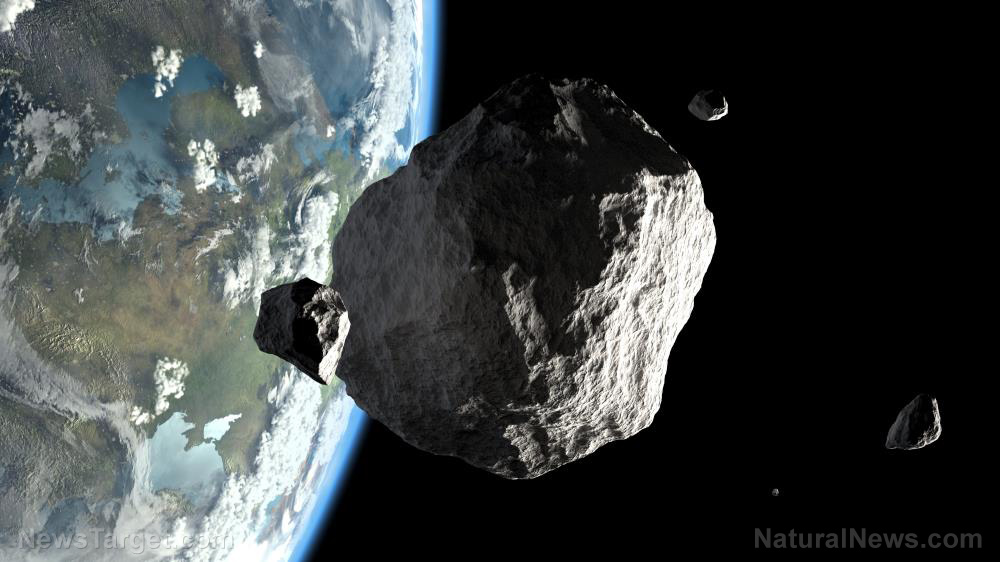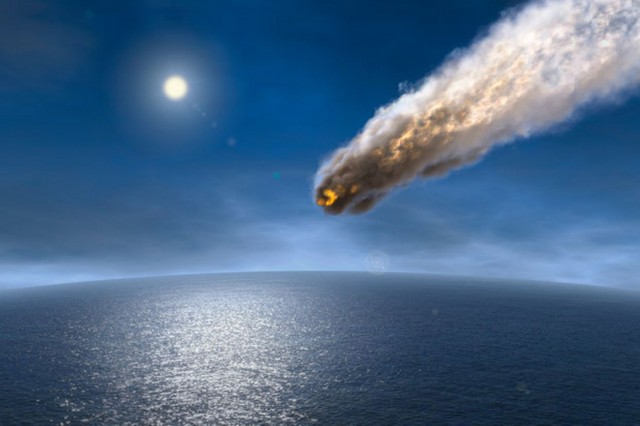
An American space technology company is almost ready to release a new propulsion system that could one day be installed on most spacecraft. The improved thrusters will be small enough to mount on microsatellites, yet powerful enough to propel larger space probes on interplanetary missions away from Earth, an article in Space.com stated.
The system was jointly developed by California-based companies Stellar Exploration and Malin Space Science Systems. Stellar is currently performing qualification tests on the thrusters at its San Luis Obispo facility.
Many space companies are working on refining existing thrusters or developing the next generation of propulsion systems. What sets the Stellar-Malin-developed system apart from the rest, explained Space Exploration Engineering (SEE) president Mike Loucks, is its stupendous output.
The new thrusters are powered by hydrazine and nitrogen tetroxide fuel. When fitted aboard a 12-unit cube satellite that weighs 56 lbs (28 kg), a single thruster can propel the tiny spacecraft to speeds of 2 km per second. (Related: NASA appoints “planetary protection officer” to act as an intermediary between humans and extraterrestrial life.)
New thrusters will boost microsatellites out of the "kiddy pool" orbits
SEE is not connected with the Stellar-Malin project. It is, however, a company that specializes in missions that take place near the Moon, in lunar space, and in deep space. So Loucks knows his thruster tech.
"The miniaturized bi-prop system Stellar has developed suddenly allows cubesats to take on the missions normally associated with much larger and more expensive spacecraft," he explained in an email interview with Space.com. "None of the currently marketed propulsion systems for cubesats are even in the same ballpark."
Often called cubesats, cube satellites are small spacecraft that are cheap to build and easy to fit within the limited cargo space and lift capacity of rockets. However, their size and weight constrains their equipment and payload.
As a result, their thrusters are much smaller and weaker than their bigger counterparts. They also have much smaller fuel tanks. These physical limitations force cubesats to operate very close to Earth in what some expert call the "kiddy pool" of space operations.
Stellar's new thrusters can move cubesats out of their comfort zone and send them further from the planet, the traditional playground of bigger spacecraft. Microsatellites will be able to climb out of geostationary transfer orbits to higher geostationary orbits. They can even achieve a Molniya orbit, a highly elliptical polar orbit that requires a lot of thrust to reach.
A cubesat might hitch a ride on the Psyche mission and be dropped off at Mars
NASA provided the funding for Stellar Exploration's new thrusters. The space agency's Small Innovative Missions for Planetary Exploration program provides support for this and other technologies that let small spacecraft take on the science missions.
For the maiden flight of its thruster, Stellar suggests that the system be fitted on a cubesat that will carried aboard NASA's 2022 interplanetary mission to the Psyche asteroid. The mission, which is named after its target, will fly past Mars on its way to the asteroid belt.
While Psyche could drop the cubesat off at Mars, the tiny space probe will still need powerful thrusters if it wants to enter a stable orbit around the Red Planet.
"We are looking for other potential applications," remarked Tomas Svitek, the president of Stellar Exploration. He believes the company's new propulsion system can be used on other platforms aside from cube satellites. An array of such thrusters could be fitted aboard a small lander to help it touch down softly on the surface of the moon or Mars.
If you want to keep following the latest developments in space technology, visit Space.news.
Sources include:
Please contact us for more information.





















